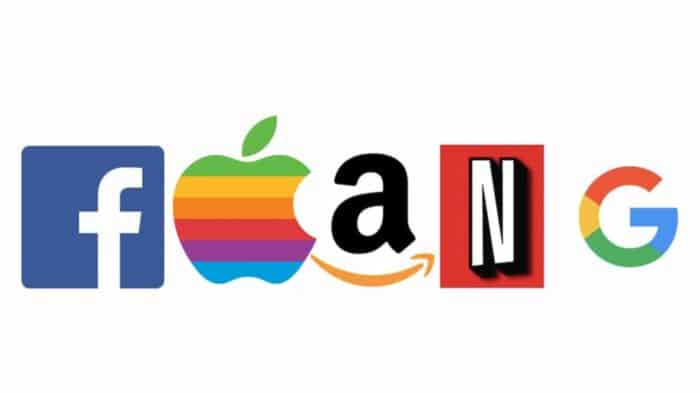
Lessons from Alphabet/Google, Amazon, Apple, Facebook and Microsoft
Written by Matthew C. Le Merle and Alison Davis
Summarized by William Schoeffler
Humanity had been through four distinct eras of human progress. Each has been defined by disruptive innovations. The authors highlight that the underlying assumptions that underpin the industrial era have eroded and that we are now entering into an entirely new era. One defined by the digital revolution and biotechnology.
The authors ask corporate venture executives at their speaking conferences the following questions which reveal a fundamental change:
- Over the next decade where will the most important innovations in your industry come from?
- Your own company
- Your own industry
- Outside your industry
- What percentage of your innovation spend is internal vs. external- people and capital?
- What percentage of your innovation spend focuses beyond your industry?
The authors make the case that innovation has shifted for most firms to outside their walls. Drug company Gilead, for example, saw lower return on research spend and an increasing number of innovations occurring externally. Therefore the most successful corporations have shifted to being able to rapidly spot new external developments and creating a solid pipeline to bring them into their main business.
5 Main Trends
- Biotechnology and Healthcare
- Big Data Analytics and Applications of AI
- Wearables and the Internet of Things
- Virtual Reality and Augmented Reality
- Security Software
- FinTech and Blockchain
- Clean Tech
The authors go through different underlying assumptions that have been broken in the last few years. For example, Universities were places where people with specialized knowledge congregated. It was a place one would go to when they were seeking answers. Now that place is Google. Knowledge is everywhere and freely accessible. Will countries without sunk costs in higher education physical infrastructure, like China, promote virtual learning?
Top 15 Characteristics of the Fifth Era
- The development of an entirely digital world in which information, communication, and collaboration are comprehensive and instantaneous.
- The invention of new and unimaginable innovations at the intersection of the Digital Revolution and the Biotechnology Revolution and a constant flow of a host of other disruptive innovations feeding off the global availability of knowledge and new collaborative innovation approaches.
- Addressable target markets rapidly becoming global, allowing disruptive innovations to quickly be adopted by billions of people.
- Consumers gaining enormously as the choices they have will be multiplied by a host of competing solutions and providers, and prices will fall given the economies of scale provided by serving global markets.
- There will be a reevaluation of what humans value and what makes us happy, with significant implications for markets for consumer goods and services. The next generations may value simplicity/ less over clutter excess and experiences over material goods.
- A dramatic increase in productivity. But this time it will not just be increases in labor productivity. Instead, physical asset productivity will also be greatly enhanced, and formerly unproductive assets will be made available for others to use on demand.
- The Industrial Era large corporate model of organization will be challenged, with the largest companies increasingly extending their enterprises beyond their four walls and looking more like virtual entities.
- Public markets will need to evolve to address their shortcomings, for example, short termism.
- Private capital will drive the inital stages of development for most emerging innovations capturing much of the value of new disruptive innovations.
- Sustainability will become an essential part of doing business with a clear focus on the broader societal impacts of company strategies including the quality of jobs, the full impact of products and services on society and other external considerations.
- People will have much more freedom to spend their time according to their desires. Multi-tasking, parallel working, and short-lived organizations and workgroups will be the norm, and the very notion of work will change.
- Distributed innovation will be everywhere, with no monopoly on innovation by any one company, country, or region. Most innovation will come from small, emerging players, with large corporations being the "go-to market" partners for innovators.
- There will be a global war for talent as every digital innovation hub and every region and country try to keep their own technology innovators home and attract those of neighboring regions in order to further strengthen their innovation economies.
- The power of diversity will be increasingly understood and leveraged.
- Traditional philanthropy and the for-profit model will come closer together as nonprofits look at becoming more sustainable in social entrepreneurship models, and as for-profit corporations aim for double and triple bottom line outcomes.
Is the fifth era guaranteed? There are three wildcards that might stop some of these trends.
Wild Card 1: Balkanization of the Global Economic System
Wild Card 2: Cybersecurity Crises and Failures
Wild Card 3: Regulation and Anti-Technology Protectionism